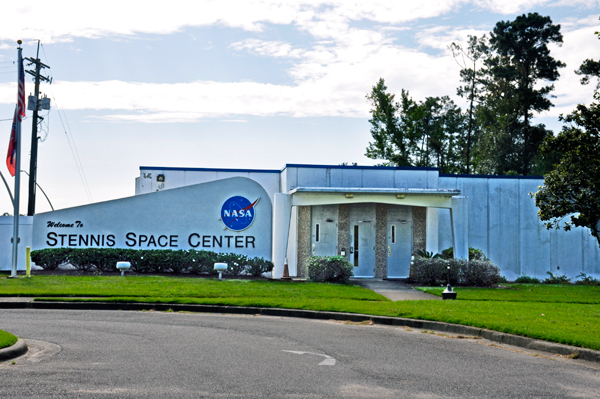 |
|
The INFINITY Science Center
is the public NASA visitor and science museum for John C. Stennis Space
Center. The 72,000 square-foot facility is located adjacent to the Mississippi
Welcome Center near the MS/LA border. Admission includes a behind-the-scenes
bus tour of nearby Stennis Space Center. The two RV Gypsies went here
on a Wednesday because it was Seniors Day.
The themes of the center's interactive exhibits include NASA, space,
planets, stars, weather, earth science, space travel and exploration.
Displays include a full-sized International Space Station module, a
cutaway model of the Orion spacecraft, and components from a space-flown
RS-25 Space Shuttle Main Engine. Outdoor displays include am F-1 rocket
engine, a tsunami buoy, U.S. Navy training boat and the Apollo 19 Saturn
V first stage rocket booster (acquired from NASA Michoud Assembly).
The INFINITY Science Center officially opened in April 2012 to replace
the old 14,000 square-foot StenniSphere visitors center. |
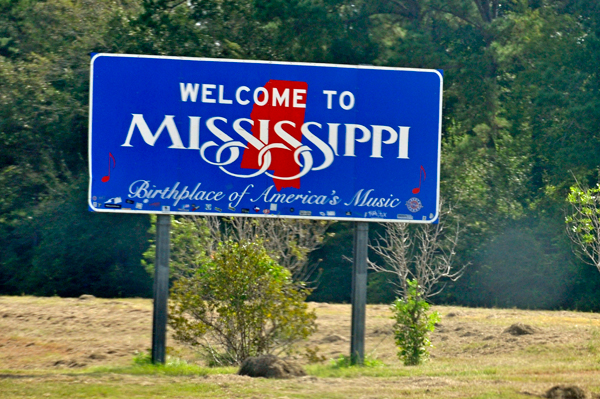
|
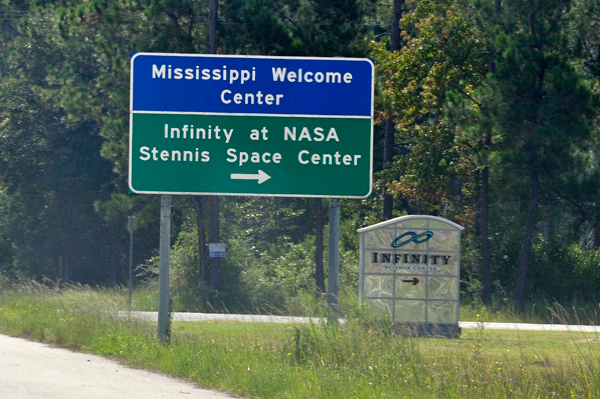
|
INFINITY Science Center is a state-of-the-art
science and space educational center open Monday through Saturday from
10 a.m. to 4 p.m. Individual guests older than 18 years must present
a valid photo ID; those younger than 18 must be accompanied by a parent
or guardian. Foreign nationals must present a valid passport from their
country of origin or a permanent residence card, if applicable. Backpacks
and large bags are not permitted; all other bags are subject to search. |
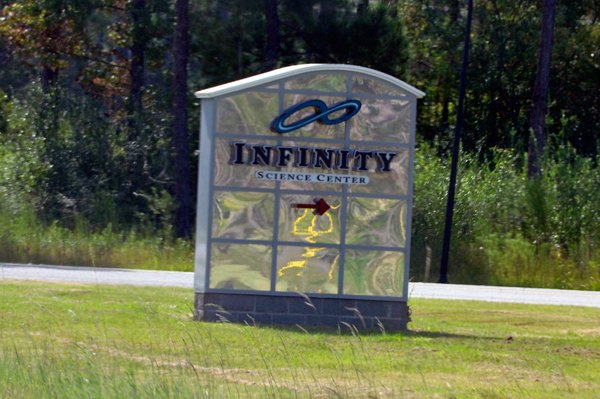
|
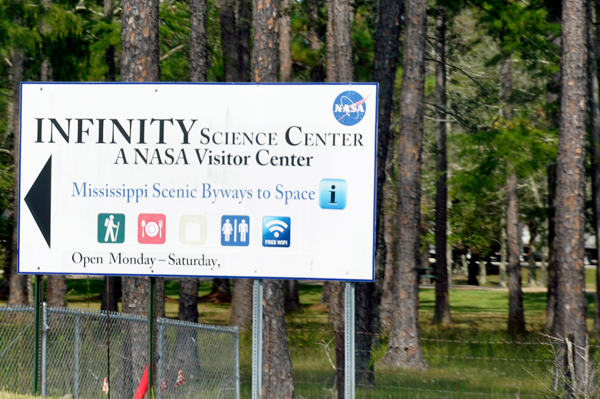
|
Below: Displays outside
the Infinity Science Center |
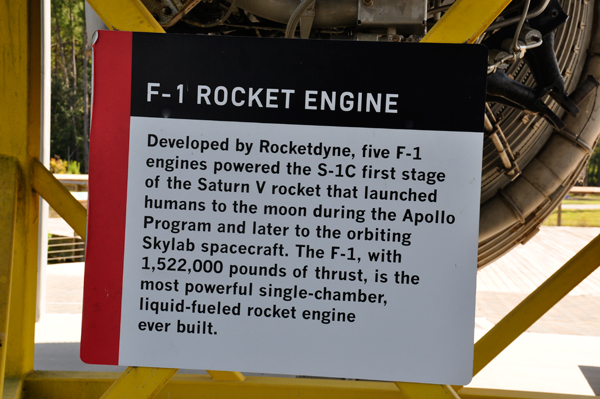
|

|
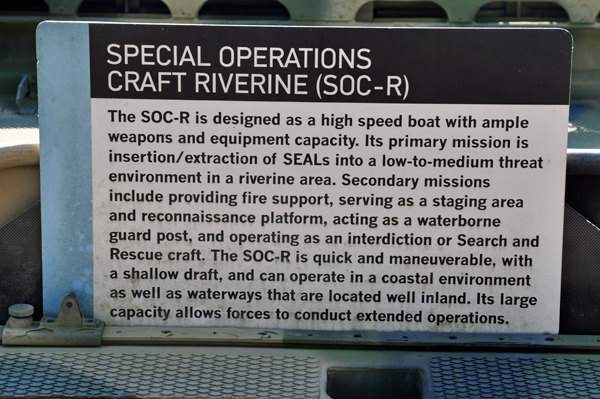
|
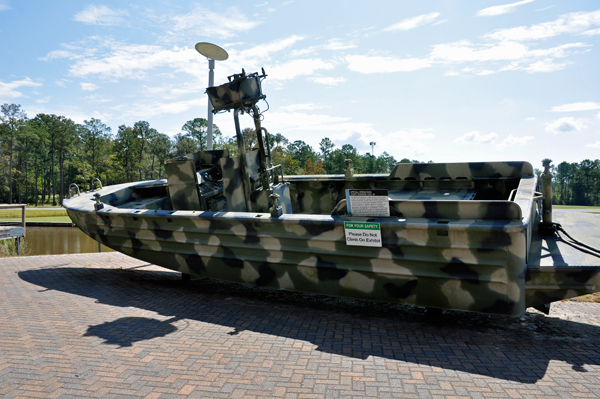
|
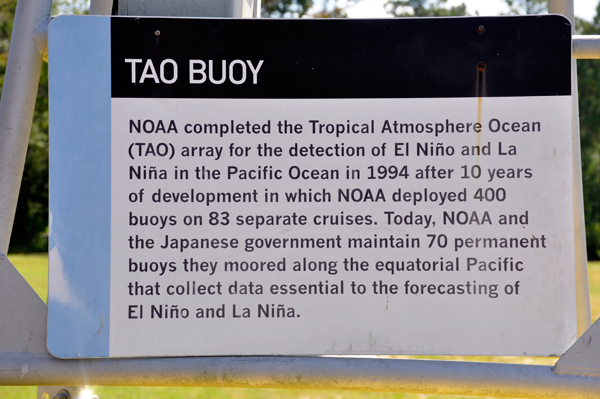
|
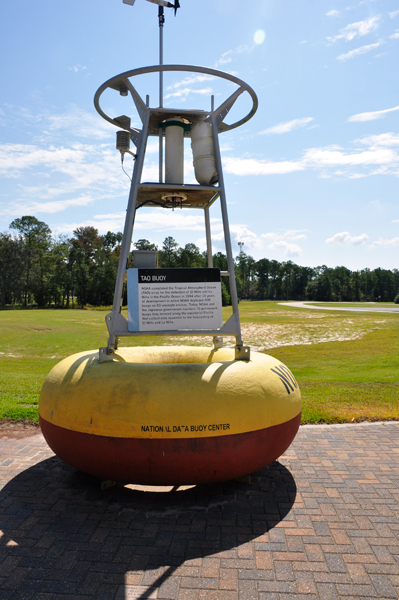
|
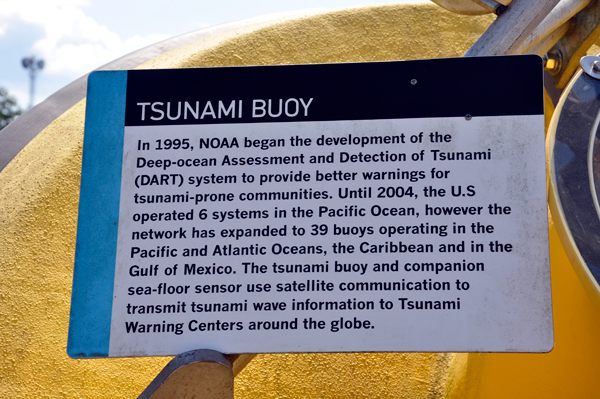
|
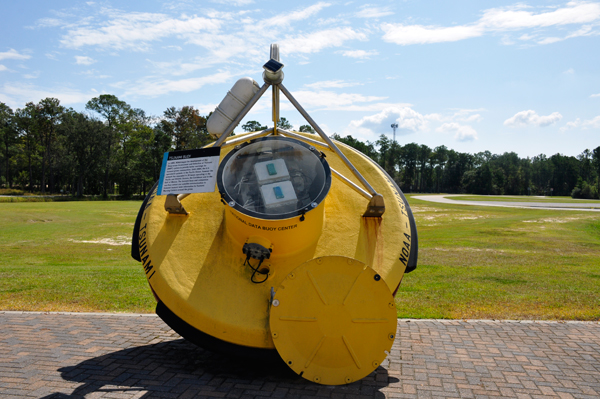
|
Between 1851 and 2013,
875 storms developed into hurricanes
and 286 made landfall in the U.S.
|
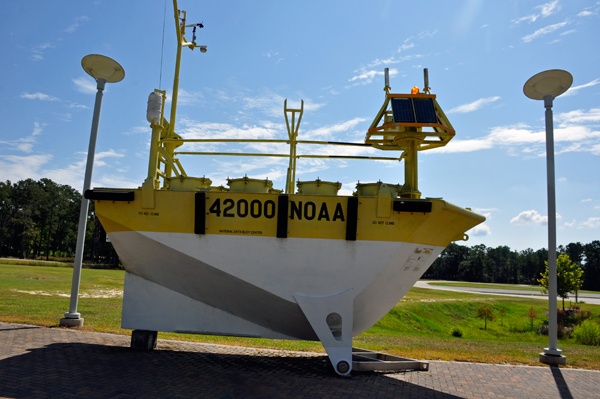 |
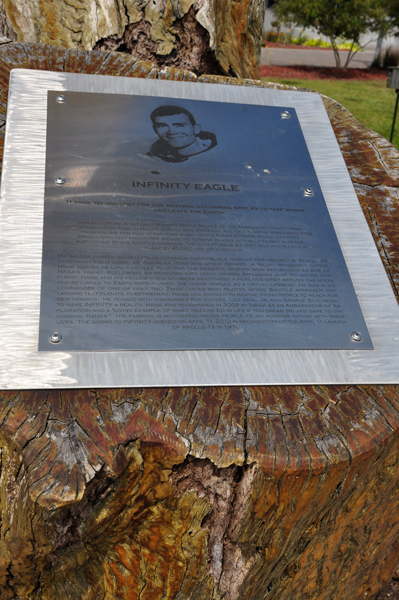
|
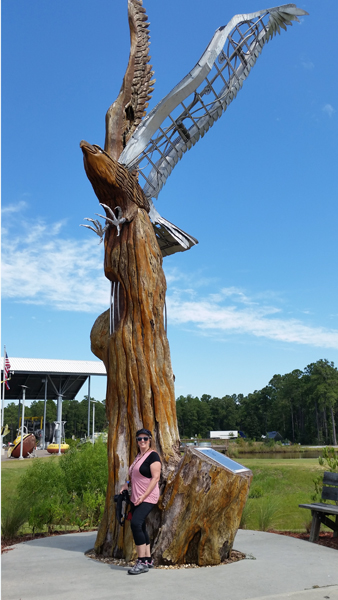
|
Below: The two RV Gypsies
saw one very small baby alligator in a pond at The Infinity Center and
several others along the edges. |
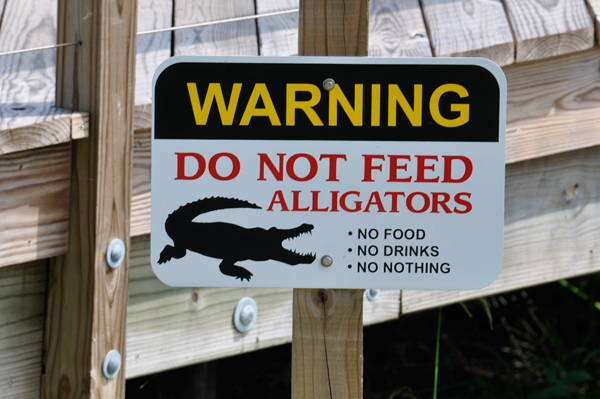
|
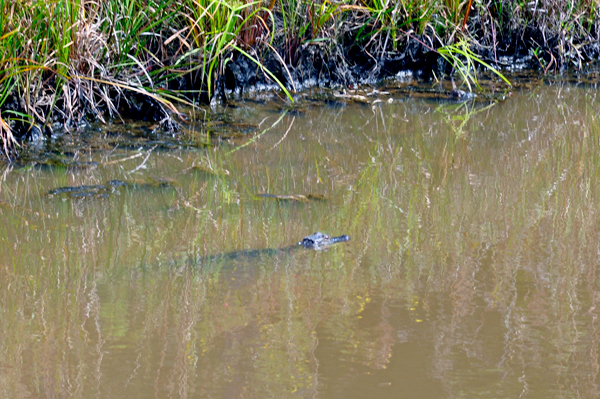
|
Below; The the two RV Gypsies
took a 35-minute bus tour of the facilities at The Infinity Space Center,
which passed through the restricted gates of the 14,0000-acre research
facility. It is practically the only way someone can see inside, unless
they are employees. An experienced guide explained some of the history
of the site and reveal astonishing facts about some of the ground-breaking
scientific work happening at SSC on a daily basis to the two RV Gypsies.
It is also home to the largest concentration of oceanographers in
the world, most of whom are working at the U.S. Navy's
Meteorology and Oceanography Command based here. |
|
Below: As the two RV Gypsies traveled on
the bus to the base, Karen Duquette took a couple of photos taken from
the moving bus of a canal with locks. The guide explained that the old
Saturn V rockets used by NASA during the Apollo days were too large
and too heavy to be shipped by truck or rail. They were floated on barges
up from the Gulf of Mexico. While this part of coastal Mississippi is
almost at sea level it is not totally flat so the final part of the
journey involved raising the barges as they traveled a few miles inland
to the testing complex. |
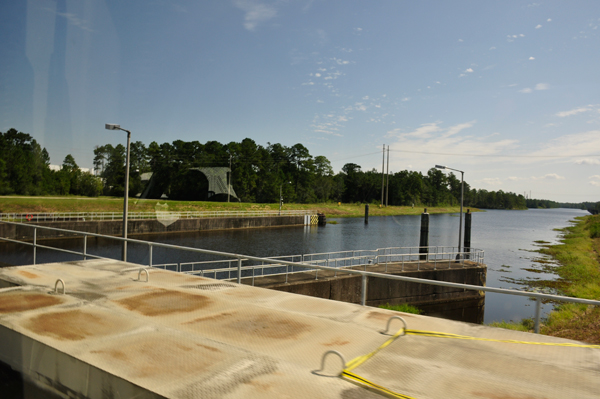
|
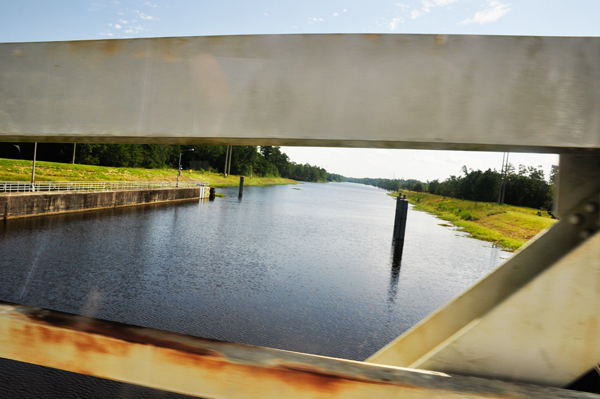
|
Below: The two RV Gypsies
got a behind-the-scenes look at America’s largest rocket engine
test facility, one of the most unique scientific complexes on Earth.
|
|
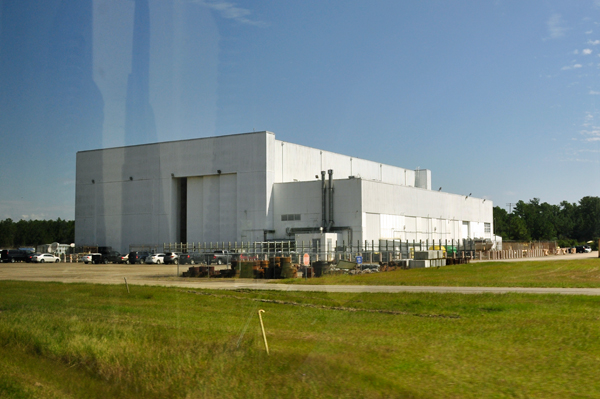
|
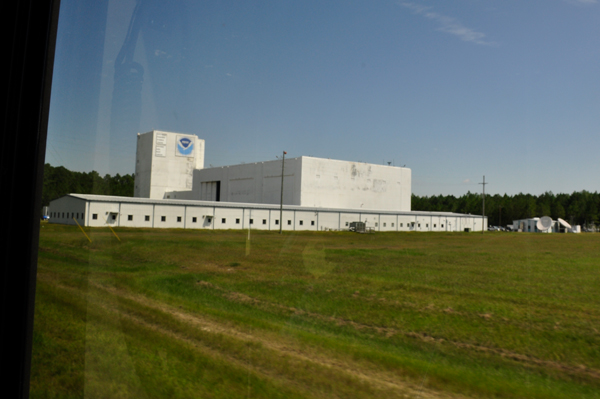
|
Below: 3 Rocket Engine Test
complexes. Rocket engines are of course extremely powerful and they
must be evaluated with very strong and stable structures known as test
complexes. Once engines go through testing they are ready for the Space
Shuttle. NASA used the same structures to test the first and second
stages of Saturn V rockets for the Apollo and Skylab missions in the
1960's and 1970's. |
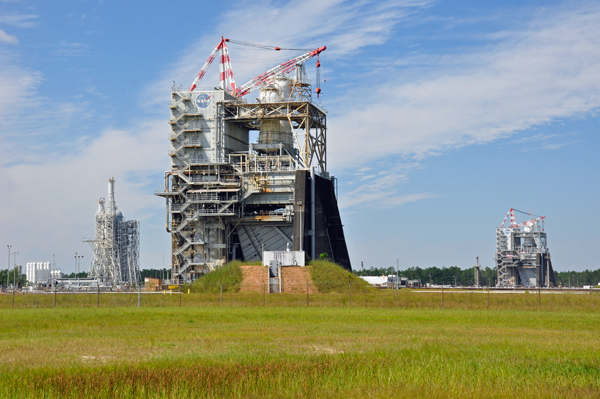
|
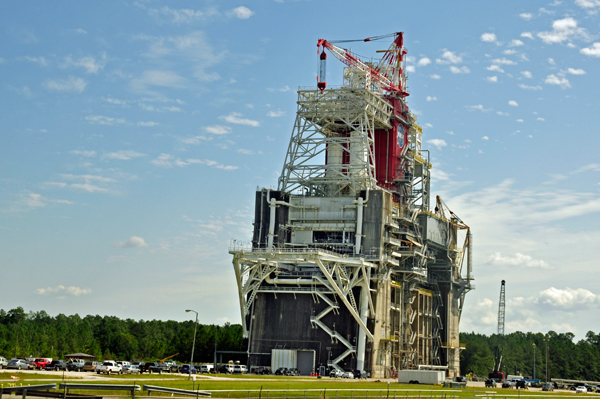
|

|
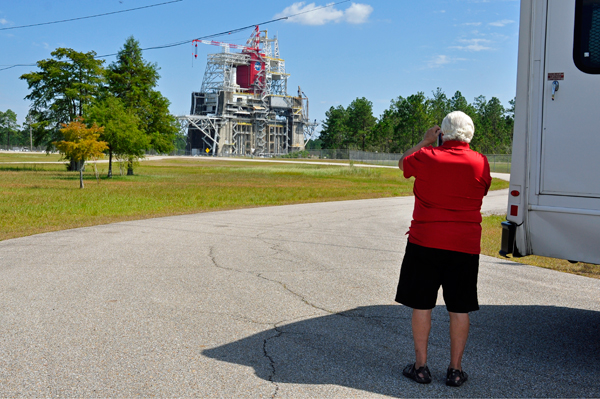
|
Below: The
two RV Gypsies with the 3 Rocket Engine Test complexes in the background |
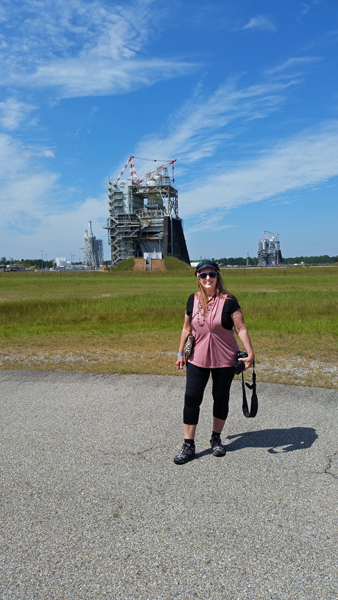
|
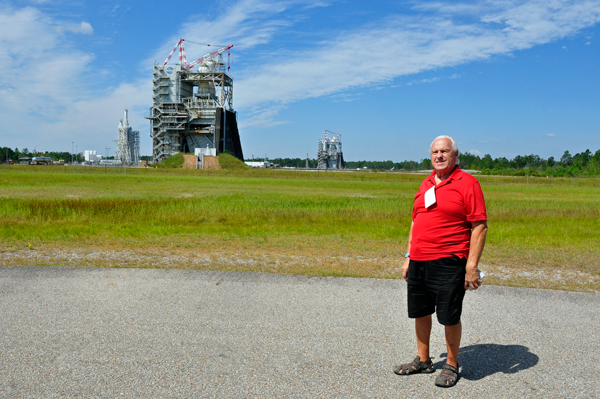
|

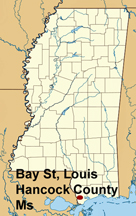


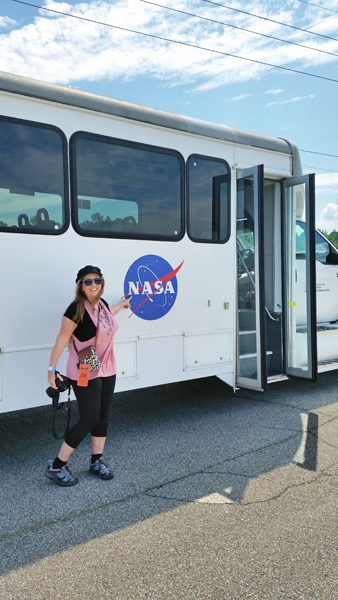
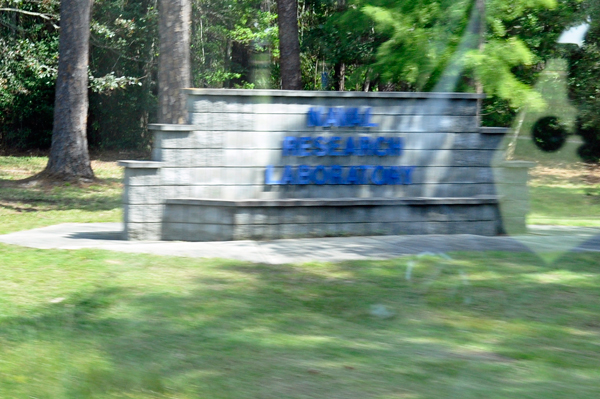












 Did
you know?
Did
you know? 













 Page two of two -
Page two of two -